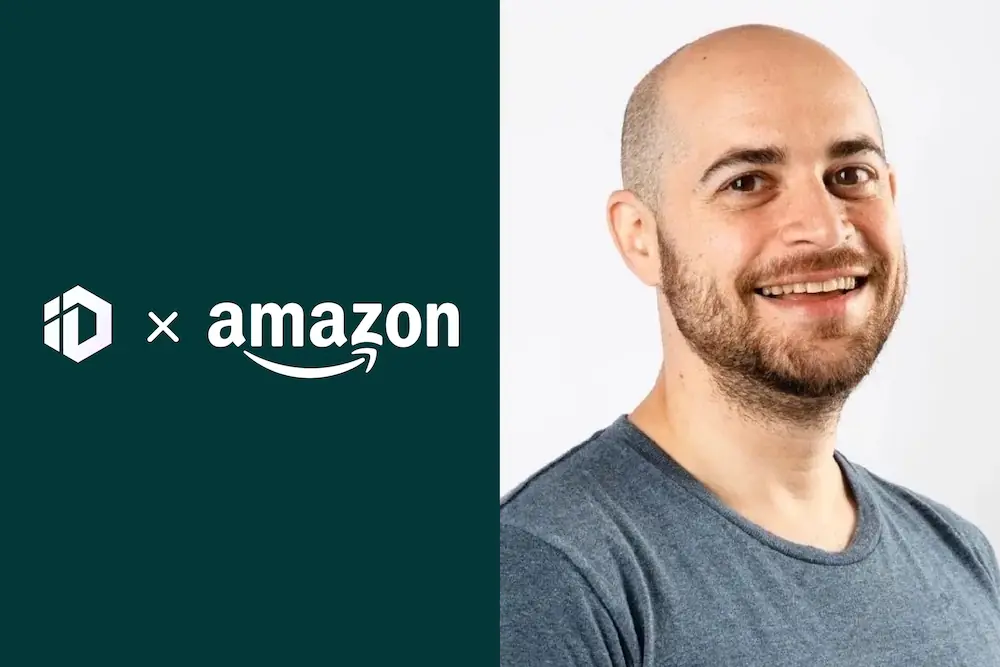Amazon can be a great place to make a profit selling products online. It offers a huge, trusted marketplace from which to sell and provides a number of helpful marketing tools, analytics, and of course fulfillment options. Amazon is the top e-retailer in the United States, with sales reaching almost $470 billion in 2021. What’s more, 63% of online shoppers start their search on Amazon, offering eCommerce sellers a huge amount of potential traffic.
Finding success on Amazon isn’t so easy, though. It takes a great deal of research and work to turn your idea into a profitable business.
We sat down with Liran Hirschkorn, Amazon expert and CEO of Incrementum Digital to ask our most pressing questions about selling on Amazon. Here’s what he had to say.
Liran Hirschkorn: The biggest mistake I see sellers making when setting up their listing is they’re not asking themselves certain questions that would help them create a better listing.
For example, one thing you should do is write down all the questions that a customer might have when looking at this listing. So for example, let’s say you’re selling a baby floor mat, which I recently bought. What is your customer thinking about? Your customer is going to think: what is the size of the product? Is it going to fit in my living room or playroom or wherever I’m going to put the product? You want to make sure that you have the size of the product early in the listing so that it shows up on mobile. So looking at your listing from both a mobile and desktop view.
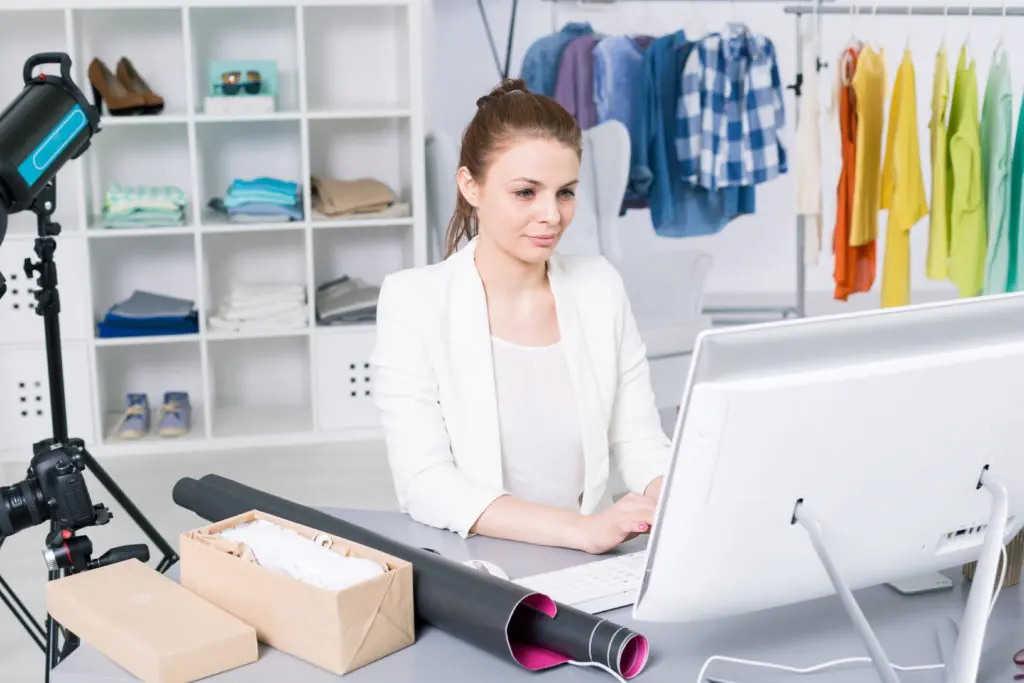
And you also want to make a list of all the problems that your product solves, and make sure that you stress that in the listing. Make sure you read all of your competitors’ negative reviews and address the negative issues people may have with a competitor product that perhaps you have solved.
Then, of course, you’ll wanna do the SEO work to make sure you have the keywords in the title, the bullets, the backend search terms, and take full advantage of all the real estate you have available between the copy, the main images, as well as A+ Content.
LH: The most important thing you want to have in your listing is a really really great main image. Customers are scrolling through many different images, many different products. You want to make sure you’re able to capture their attention, and you need to have a great main image in order to be able to capture their attention. Make sure it takes up as much of the space as possible so that it doesn’t look small compared to your competitors.
Subscribe to the eCommerce newsletter for
top industry insights
Of course you’ll need a great title with the keywords there, but really the most important thing you need in your listing is a great main image. And then of course you need those secondary images, A+ Content, and title. But if you don’t have a great main image, you’re not going to get any clicks into your listing.
LH: When launching a product on Amazon, you want to try to figure out what kind of budget you’re going to need for that product. So what are the things that you want to keep in mind?
Well, the first thing is you’re going to need money for your initial inventory. Generally I recommend getting 500 units, 1000 units, of a product depending on your production time, are you shipping it by air or by sea, and where you’re producing it. But 500 to 1000 units, or perhaps more, if you have a lot of confidence in the product. So you want to have a budget set aside for that.
You also want to budget marketing. So that means photography, graphic design work, developing your A+ Content, building out your storefront. All those things need a budget, and you don’t want to spend all this money on inventory and then not have anything left to really make sure your product shines and looks great and you’re giving it the best chance possible to generate those sales.
You also want to think about when I might have to place a reorder for the product. So let’s say you’ve sold through 300 units, 400 units, or even 200 units. At that point you might need to reorder the product to make sure you don’t run out of stock. So again, you’re gonna need to budget for that because the money that you’ve put in has not yet fully paid for all the inventory that you’re going to sell.
You need to budget money for your Amazon Advertising. Initially, you can assume that most of your sales are going to come from Amazon Advertising and you need to allocate a budget towards that.
The way I like to think about it is kinda working backwards and saying, where would I like to have my sales be at the end of month one. So if I want to generate $10,000 in sales, and I’m assuming that the majority of my sales in the first month are going to come from advertising, then I need to think about what is my conversion rate gonna be, what average cost-per-click might I pay, and how many sales do I want to drive.
I’m going to work backwards towards the numbers of how much money I would need. I would generally say, you know, any product you’re going to launch you’re gonna wanna start with $50 – $100 a day in terms of getting that product going. But again, if you have sales goals of selling 10,000, 20,000, 30,000 a month of a product, you’re going to need to be more aggressive as a lot of your initial sales are going to come from advertising since it’s gonna take you a little time to start gaining organic momentum. Then later on, you can assume you’ll have higher organic sales.

So for example, you might assume in the beginning that your TACoS, your total spend compared to sales, might be 40-50%, and over time your goal is to reduce that ultimately getting somewhere in the 20% range in terms of TACoS. But in the beginning a lot of your sales are going to come from Amazon Advertising, and you need to make sure you have those budgets.
You really want to think about, not so much how much money do I need but how many sales do I want to get, and what is my initial ACoS (advertising cost of sales) going to be. So let’s make an assumption that you’re going to pay a dollar cost-per-click, which is not that much, there’s many categories and keywords that are going to be more than that, but let’s just a say a dollar cost-per-click, and that you’re going to have a conversion rate, let’s just make it round numbers, conversion rate of 10%. That means you’re going to spend $10 in order to get a sale. 10 clicks at a dollar, $10, you sell one unit, your product price is $15, and so you’re going to have, you know, an ACoS of about 60-70% or so initially. It could be higher. So you want to work backwards and make assumptions on the numbers based on good educated guesses.
You can also go into Seller Central, add the product, put in keywords, see what the estimated cost-per-click is, and get a better understanding of where you’re gonna be. But don’t assume you’re gonna have high conversion rates when you don’t have reviews yet.
The whole game is really to, one, differentiate your product as much as possible so you’re not just fighting for reviews and price, and two, building up enough reviews until you become relevant. And depending on who your competitors are, that may be 100 reviews, that may be 1,000 reviews if you’re in a more competitive niche.
LH: Your best source of traffic when launching a product on Amazon is going to be Amazon, internal, meaning there is no better shopper than the person who is searching for exactly what you’re selling.
So let’s go back to that baby floor mat. If you’re selling a baby floor mat and somebody is searching for a baby mat or a floor mat for babies or for toddlers, and you have that product, that’s going to be a person, what I consider at the bottom of the funnel.
A marketing funnel kinda looks like an inverted triangle. At the top you have a wide amount of people, but they’re not as targeted as people as they get towards the bottom of the funnel and they’re closer to the sale. So somebody searching for that is going to be at the very bottom of the funnel. They’re kinda ready to buy it. They’re searching for it on Amazon where they already have their credit card in, and there’s only one reason why you search something on Amazon. It’s because you want to buy something or browse something or get an idea for something that you want to buy, unlike Google or you being on Facebook or TikTok or Instagram. So Amazon organic traffic, Amazon paid traffic, is going to be your best source of sales.
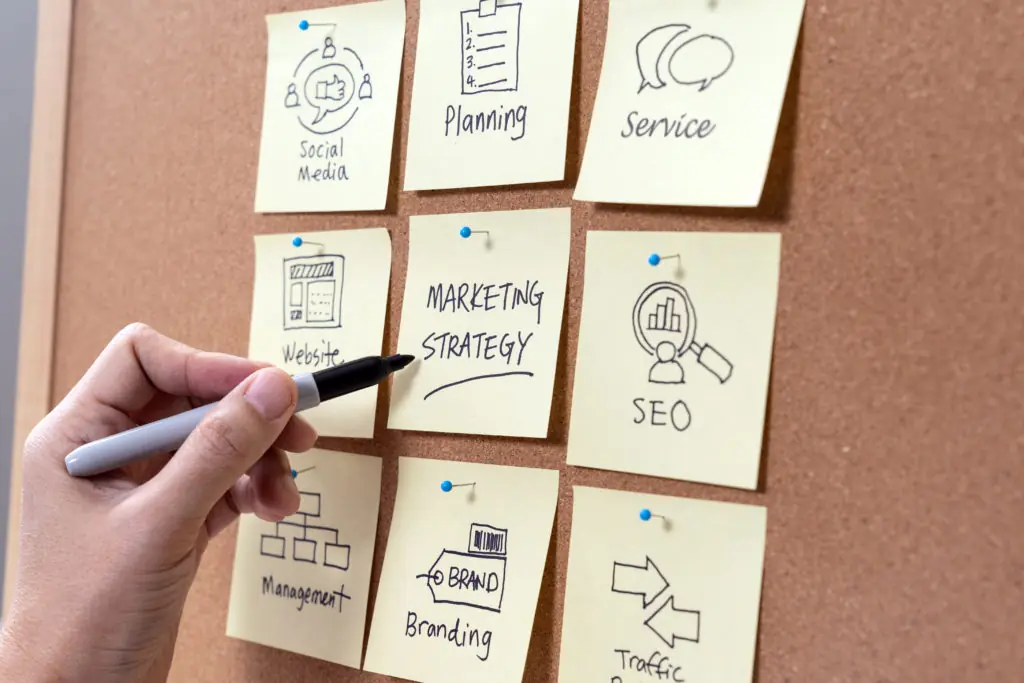
You could also work with influencers, you could build a community. Those things can work very well also, but there’s not gonna be anything stronger than search traffic within Amazon. Building a community I think can be really good, even ahead of your launch. You can build a community, you can share your journey of launching this, of kinda making this product, even get suggestions from people. And if you’re able to build that community, you could perhaps have people already waiting for the product that you’re gonna launch. Perhaps they even had a say in the creation of the product. If you have that kind of community, that’s the best place to launch because you have sort of raving fans already for your product. And you see many brands utilizing their communities in terms of asking them what product they want to see next and getting feedback.
If you don’t have that, influencers and working with influencers can work well, but there will be nothing stronger than somebody searching for a product already on Amazon. And then perhaps in Google, but Amazon is gonna have a better conversion rate than running ads on Google.
LH: Early on in the business, you should reinvest as much of your earnings, revenue, profits, back into the business as much as possible. In fact, many sellers, including myself when I started selling on Amazon, started it as a side hustle while I still had income coming in from something else. And that’s really the best way to start because there’s no pressure to have to take money out of the business, and you can reinvest and reinvest and reinvest, and you can grow really fast.
When you get to a point where you’ve already proven that you have profitable products and you want to scale further, you may start to feel the cash flow crunch of selling products and then needing to place an order for Q4, and you need to place a big order because you’re expecting really big sales, and you don’t have the funds yet available for that. Those situations are when you really want to use external funding to grow the business.

Early on in the business I feel like you should continue to reinvest as much as you can, leave the money in the business while you’re growing, and then as you continue to grow the business, you can start paying yourself and increase the amount of salary that you’re taking out of the business more and more over time.
But initially, I say focus on scaling fast and reinvesting as much as possible. Use funding where you’re feeling the cash flow crunch and hopefully you have products that are growing and scaling and those are the ones that are gonna need funding because their sales are growing and, to sustain that, you need outside capital.
LH: Over the last couple of years, Amazon has been adding more and more data and tools for sellers to use. So until a few years ago, Amazon didn’t really give you a lot of data. They didn’t really give you search volume data, they didn’t give you brand analytics data. Today Amazon gives you a tremendous amount of data.
Today, Amazon has Brand Analytics, which shows you the search frequency of keywords, how frequently they’re searched compared to other ones. They show you the products that have the top three in click share, and then they show you the conversion share of those products as well. Amazon also has a Product Opportunity Explorer, which gives you tools to help you find new product opportunities, how many competitors there are that exist in the market. They give you the top search terms for those products, and if those search terms have been growing or not over the past 90 and 365 days.
More recently, Amazon has added more tools that allow you to see your impression share and brand share on particular keywords, and also now they’re allowing you to put in any ASIN and see information on brand share and impression share in the market. So Amazon’s been adding more and more tools, and I think this is really great, and I think you can expect Amazon to add more tools.

One thing I would like Amazon to fully be able to show you is lifetime value of your customers so that you can really understand how aggressive you can be around a product. Right now they show you repeat purchase behavior, but you have to use some third party tools in order to fully understand the lifetime value of a customer.
And then there’s some great third party tools that are out there, including the big ones that you may know of, like Jungle Scout and Helium 10. There’s another tool called DataDive that we’re using. Another one that we’ve recently started using is Ecom Analytics. We’re using Perpetua to help manage ad spend. So there’s a tremendous amount of third party tools in the marketplace and tools that give you alerts. Another one we use is sellerboard, but at the same time Amazon is giving you more and more data.
Now, on the marketing front, Amazon has also launched a lot of things. Definitely there’s more ad placements, which is not necessarily great but also presents an opportunity to get in front of customers. But Amazon over the last few years has added video ads. There’s more video ad placements now. Recently there have been more sponsored brand placements on the side of pages and on detail pages as well as sponsored display ads.
Amazon just recently, in the beta, is allowing you to run sponsored brand video ads off Amazon, on streaming channels through sponsored brands. Some of these features that are available through DSP only, the demand-side platform, are now available through Sponsored Brands and also in Sponsored Display. You can target audiences on and off Amazon as well as doing things like retargeting views, people who viewed your listing, as well as retargeting past purchases.

Recently Amazon is now allowing brands to have a Brand Story in Premium A+, which gives you more interactive features within your A+, including video. And I predict that Amazon posts will allow you to do video as well at some point, to post videos there, and at some point there will probably be a promoted post.
So I think you’re going to see the advertising continue to develop and more of the things that you can do in DSP will be brought onto Sponsored Display. For example in DSP, you can cross-layer two different audiences and target somebody who matches two audiences. You can’t do that in Sponsored Display, but I think more of these features that are in DSP are going to come onto the Sponsored Display platform and the self-service platform.
Another big thing is the Amazon Marketing Cloud which is helping you understand the full customer journey when you’re utilizing DSP, especially with top-of-funnel, like OTT (over-the-top) and online video or advertising, to understand the full customer journey because attribution right now is just 14 days and it’s a last click attribution. I think Amazon is going to add more data so that perhaps you’ll be able to see attribution even further out even if it may not count towards your ACoS numbers.
LH: One thing we’ve also seen Amazon add, and there’s a beta for it now, is the Creator Connect beta, where you can connect directly with influencers within the Amazon platform, with Amazon influencers, and you can pay them an additional commission.
So what does that mean “additional commission”? It means that today there’s Amazon influencers. Essentially these are like affiliates but they’re creators. And when they send traffic to Amazon, they get an affiliate commission that Amazon pays them. Amazon’s gonna give you the option to connect with influencers and pay them an additional commission above and beyond what Amazon is paying them.
You can add as little as 1% and up, to sort of attract these influencers and work with them, so that not only are they getting the affiliate, maybe it’s 4%, from Amazon, but now you’ve added another 6% and they’re getting a total of 10% on the sale.
I think that’s going to continue to develop and I think you’ll also see Amazon Attribution continuing to develop. Right now Amazon Attribution is in a beta, and it doesn’t work 100% of the time. I think Amazon will be working on that more and encouraging you to drive that outside traffic. We’ve seen them add the Brand Referral Bonus. I think that’s going to continue to stay in place, and Amazon is going to continue to put more focus on the outside traffic and attribution.
It’ll be interesting to see if Amazon Live ever takes off. That’s one thing that I haven’t really seen take off yet. But I think that’s something that over time, we’ll see if the American consumer adopts. And in Asia, live shopping is very big, and obviously we’ve had it in the US market with QVC and Home Shopping Network, but it will be interesting to see how that develops and if Amazon Live Shopping takes off.
LH: When it comes to selling niche products versus more competitive products, there’s pros and cons to both. One of the benefits of selling a niche product is that you’re generally gonna have less competitors, or maybe even no competitors. However, the downside is that a niche product is going to have a smaller targeted audience. So basically with less competition comes less potential sales.

With more competitive products, you have a very big market. You have a lot of people that are searching for that product, for that solution, however the competition is greater too.
So the question is should you go into a niche product, should you go into a competitive product? Well, I think it first depends on the level of capital that you have in the business. If you’re starting out with $5,000, $10,000, $15,000, $20,000, you probably should go for a more niche product, because I’d rather hit a single and generate a product that’s generating some sales, that becomes profitable, than try to go for a home run, not have enough capital, and quit or lose all my money.
If you’re starting with smaller capital, or if you don’t have as much experience, I would say start with a niche product that doesn’t take a ton of investment. You’ll learn along the way, too. You’ll generate sales, you’ll get profitable, and hopefully you can then launch another product. And maybe that is niche but has a little bit more of an audience. And it can kinda work up your cash flow so that you can also gain the confidence to be able to build up the capital and the confidence to go into a more competitive product.
LH: For growing your sales on Amazon, I think you want to categorize your marketing into two departments. You have your traffic department, and you have your conversion department.
When you think about traffic, you want to have the tools to make sure that you’re doing keyword research, understanding Amazon SEO, the competition. You want to be able to generate traffic so you need a good main image so that people will click into your listing, and you need tools for generating traffic, which you’re gonna do with Amazon Advertising. You can do that manually or you can use a paid tool.
We use Perpetua but there’s a variety of paid tools in the marketplace. You want to think about your tools that are going to help you to generate traffic: Helium 10, DataDive is another tool we use. You want to track keywords as well, which you can do in Helium as well, we do it also with Ecom Analytics, or use Jungle Scout. You want to use tools out there that will help you understand the SEO, the copy, to make sure that you’re able to generate traffic. And also you want to run advertising, which again you can run manually or you can do with tools.
The second component is conversion rate. So you’re gonna want to make sure that you have great images, A+ Content, perhaps video. Some of these things are not necessarily tools, but some of these things are hiring the right creatives. Something we do is we help people with graphic design to create their images, to create their A+ Content. You can hire a great pro videographer to create a video for the product that’s going to show all the features, benefits of the product, showing the product in use with the lifestyle images as well as video. These are all aspects of the conversion side.
And then you have, somewhere in the middle, the operations of the business. For example we use a tool like sellerboard that gives us the profitability and alerts. 8fig offers you the ability to see your supply chain, your Lines, and then also think about your cash flow and the finance side of the business. Tools like QuickBooks and A2X, these are the finance and operational tools that you want to have in the business.
So you kinda have your traffic tools, your conversion tools, and then you wanna have the things like your operations tools to manage things like inventory, finance. And then if you’re growing a team, you’re gonna want to have a bunch of tools for managing the team. In our company we use Slack, we use ClickUp. These are more not just for eCommerce, but these are tools that apply to all businesses that are growing and building a team. There’s other tools, like some people like Microsoft Teams, or Asana, but you’re gonna want to have these operational and project management tools within the business as well.
LH: Well, it’s a million dollar question that a lot of people would want an easy answer to. Let’s talk about it on Amazon.
On Amazon there are things you can do to improve cart abandonment. Things like having a coupon might be the thing that pushes someone to add to cart and then check out because they think the coupon might expire. Perhaps running deals is going to give people a sense of urgency on the product. And that’s pretty much what you have available to you with Amazon because you cannot do an email to somebody who left the product in their cart.

People on Amazon add products to cart as a sort of reminder: I want to buy this product later. Instead of a wishlist, they’re adding things they might want to buy and then they just save it in their cart because they’re still browsing or going through the process of shopping for a bunch of things that they want to check out together.
Now on D2C, you have more control with things like cart abandonment. Obviously you can have a cart abandonment email. If somebody abandoned their cart you can offer them a discount to come back, which many D2C stores will do if somebody abandons the cart. You can have an exit intent pop-up, and you can continue to nurture that customer with emails on your email list.
You can also retarget them. So you can put a pixel for anybody who added to cart but didn’t check out and you can retarget them with ads with a particular targeted offer and remind them to check out, or give them the reasons to check out.
With Amazon, you’re a little bit more limited, but the better your product, the better your offer, the more likely you are to minimize that cart abandonment.
Growing your eCommerce brand on Amazon takes planning, flexibility, and working capital. Fortunately, 8fig is here to help you out. 8fig offers sellers continuous, unlimited, and flexible working capital for all your supply chain expenses as well as an all-inclusive AI CXO to provide you with the tools and support you need to truly grow. Sign up for an 8fig Growth Plan today and find out how we can maximize your growth together.
Subscribe to the eCommerce newsletter for
top industry insights
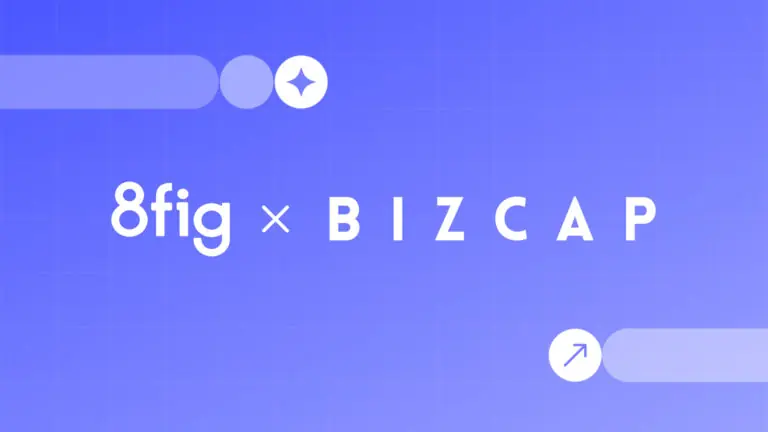
We’re excited to share an important milestone – 8fig has joined the Bizcap Group, marking a major step forward in our mission to help small and medium-sized businesses access capital. Now, 8fig customers can access more funds, even faster – starting today. Introducing the Double F: More Funds. Much Faster. By combining Bizcap’s global reach […]
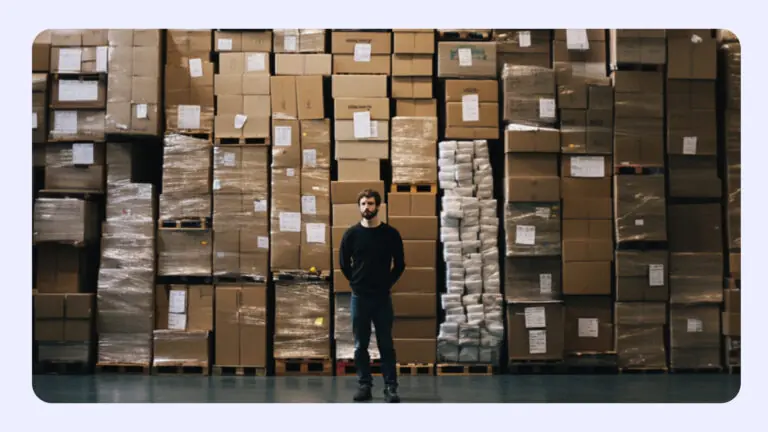
Stuck with extra inventory after Amazon’s Spring Sale? Learn five smart strategies to clear unsold stock, boost cash flow, and avoid future overstocks with smarter inventory planning.
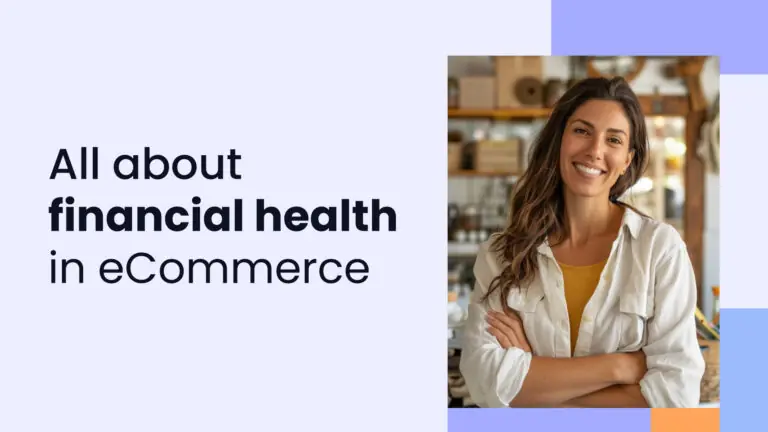
From managing cash flow to optimizing expenses, this guide offers actionable insights to secure your financial future. Explore the essential steps to drive profitability and long-term success.
